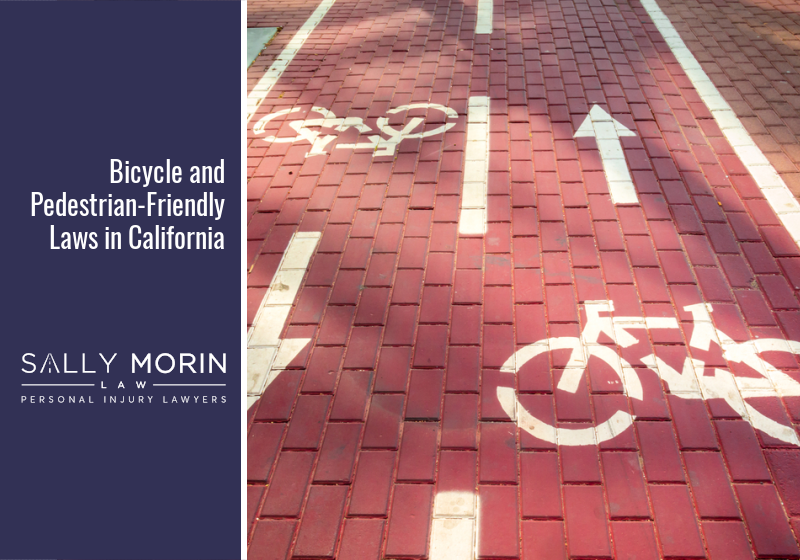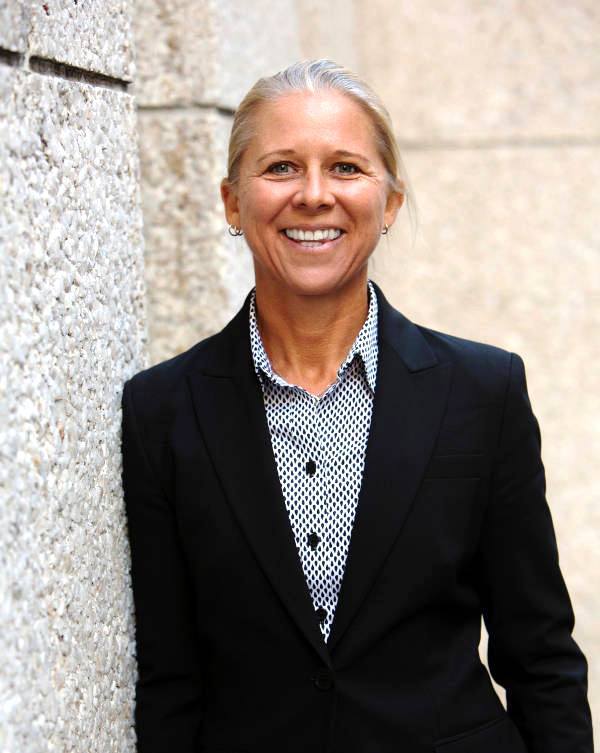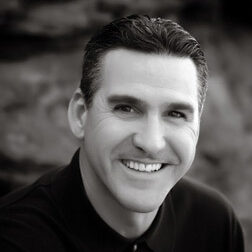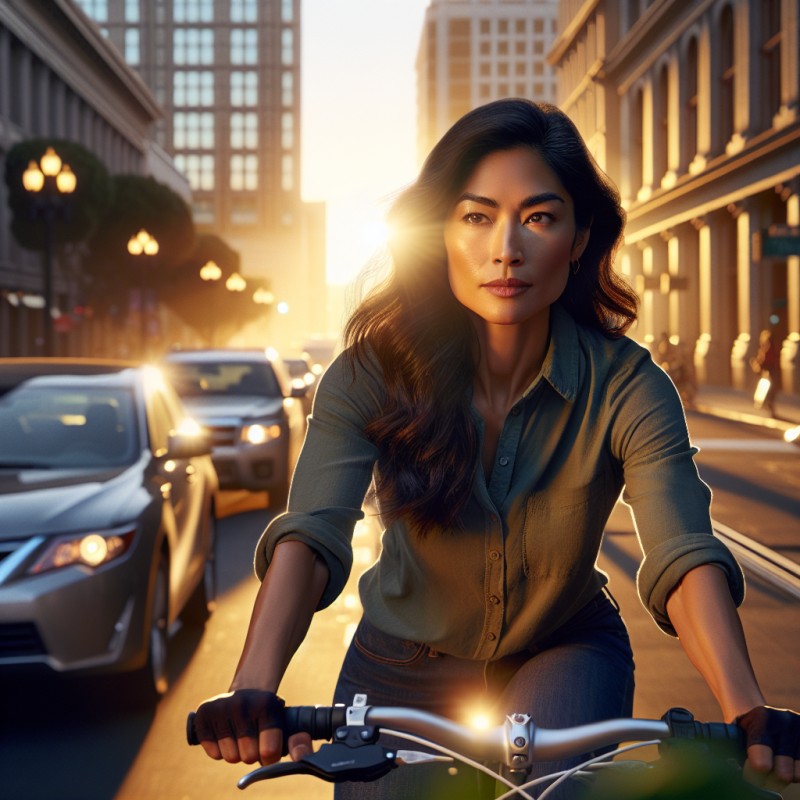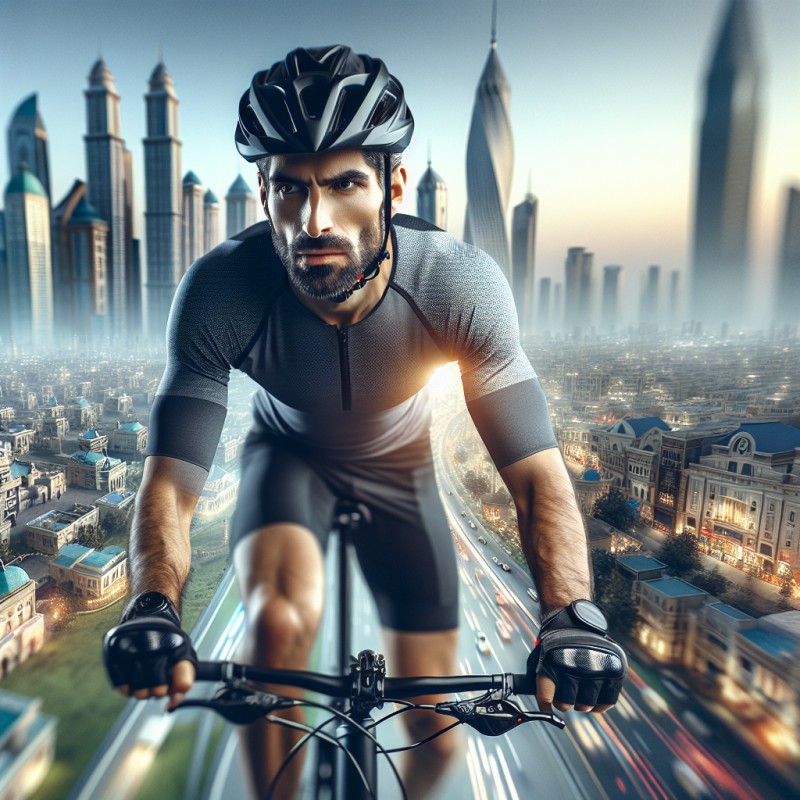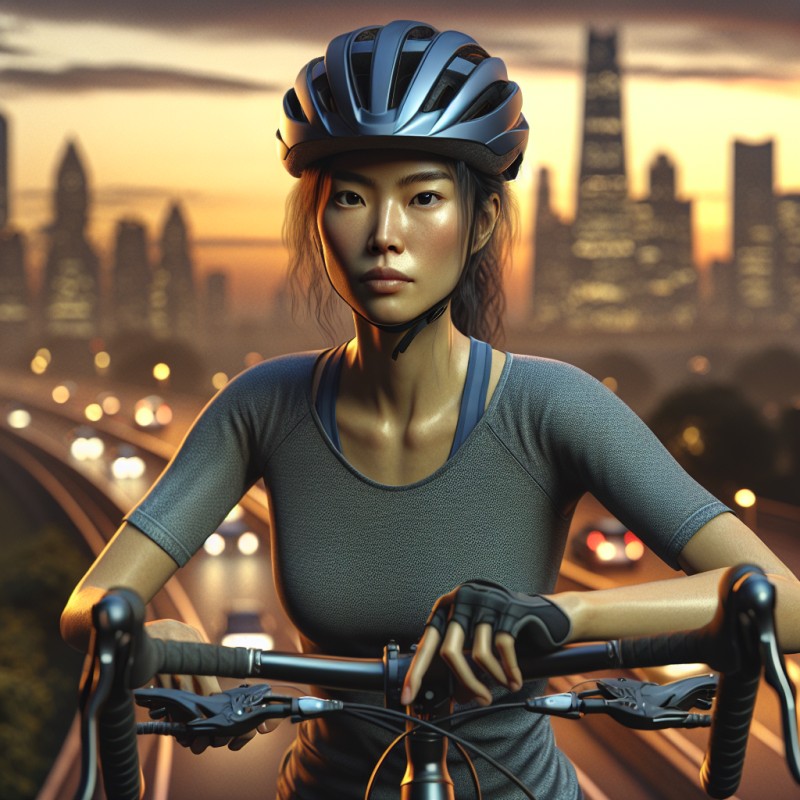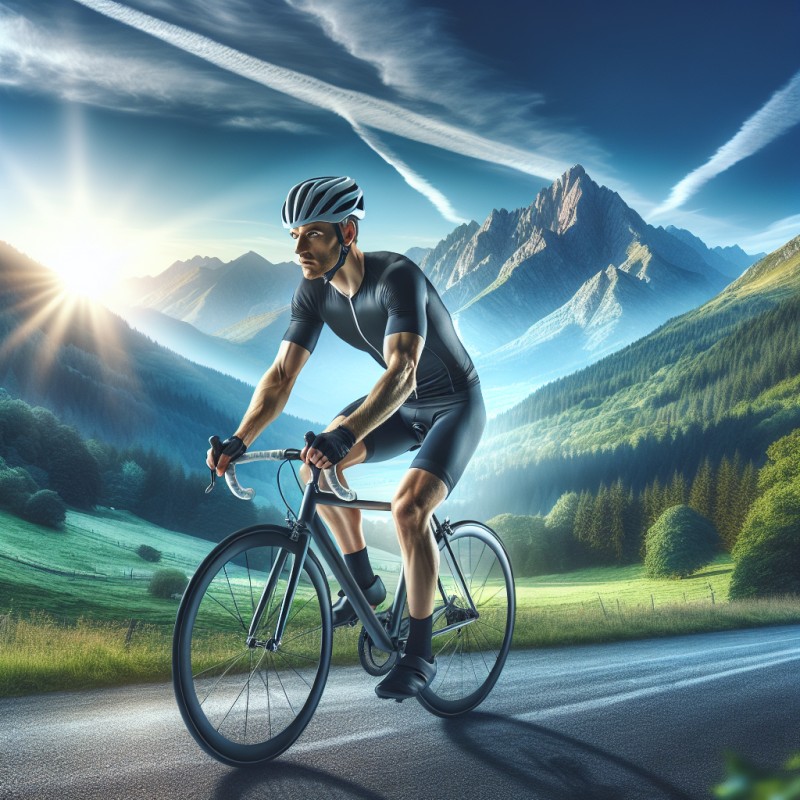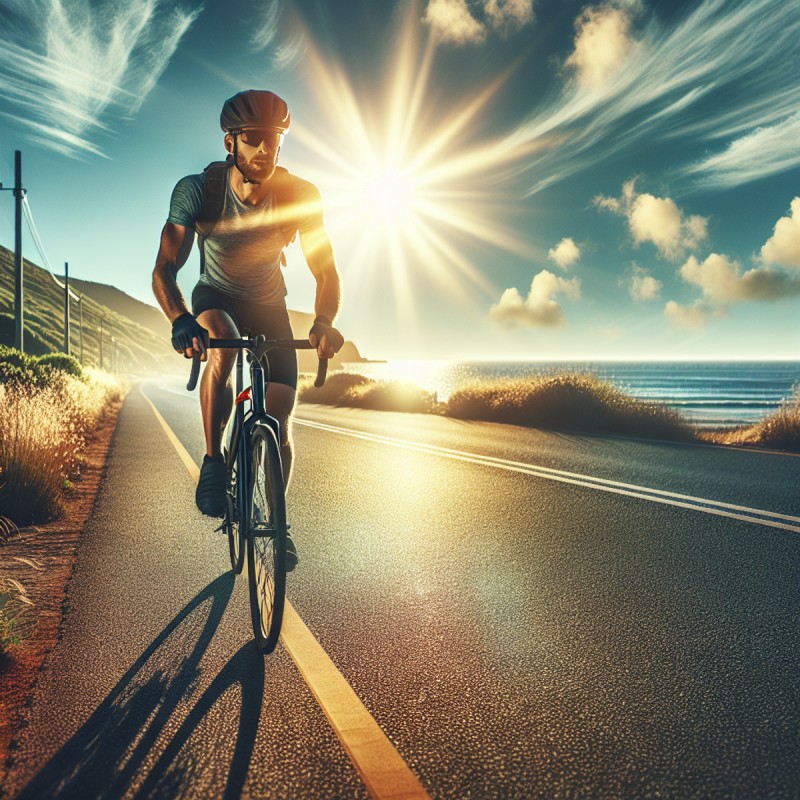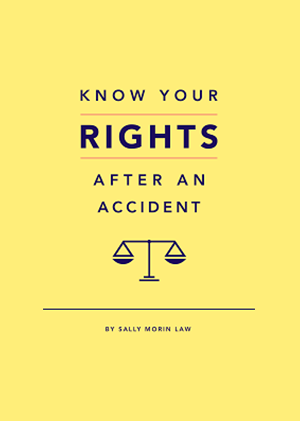For cyclists and pedestrians, a traffic crash is devastating. Your body is no match for the force of a car or truck, and a severe accident can leave you with extensive injuries and emotional trauma that changes the course of your life.
In almost every bicycle or pedestrian accident with serious injuries, someone was in the wrong and was violating the law. That’s why it’s so helpful to have the assistance of a bicycle and pedestrian personal injury attorney who can put the law to work for you.
In California, numerous laws govern the actions of pedestrians, bicyclists, and motorists to ensure everyone can drive safely. The California Vehicle Code is the go-to guide for the laws that apply to traffic accidents in California, but every city and municipality has its own ordinances too.
Here’s a look at the bicycle and pedestrian-friendly laws every California resident and visitor should know. If you’re a California cyclist or someone who loves to walk, this information could save your life!
Familiarize Yourself With California’s Pedestrian Laws
Let’s start with pedestrians. Contrary to popular belief, marked crosswalks are not the only legal places for pedestrians to cross the street. According to California Vehicle Code Section 275, an unmarked crosswalk exists between sidewalks at every intersection.
This means that a pedestrian who crosses the street from one street corner to the other – rather than crossing in the middle of the block – is not jaywalking. So in a personal injury case, when a pedestrian is hit while walking in an unmarked crosswalk as described above, they had the right of way and will not be liable for the accident.
Liability can also be shared between a pedestrian and motorist, or could even involve a third party. Pedestrians are sometimes held fully liable for bicycle and auto accidents. These are important reasons to seek expert advice from an experienced California traffic accident lawyer.
Bicyclists Have Rights and Responsibilities
Now let’s look at the laws that apply to cyclists. California Vehicle Code Sections 21650(g) and 21206 explain many rights and responsibilities regarding bicyclists. Some of these rules might surprise you.
For example, there is no state prohibition against bicyclists riding sidewalks in the absence of a local municipal ban. Of course, your city may have its own local ordinances.
Here are some rules that apply to San Francisco cyclists:
- Cyclists must yield to pedestrians inside or outside of crosswalks.
- Cyclists must stop behind the line to leave crosswalks clear for pedestrians.
- Cyclists should ride in the same direction as traffic, obeying lights and signs.
- When riding next to parked cars or in a narrow lane, cyclists may take the lane and motorists should allow them to do so. Cyclists may also take the lane while merging, changing lanes, and whenever it is safer to do so.
- It’s illegal to ride on San Francisco sidewalks if you’re over the age of 13.
Oakland has its own bicycle rules, which include:
- Bicyclists are prohibited from having wheels of 20 inches or greater in diameter or a frame of 14 inches or greater in length on any sidewalk.
- A bicycle can’t exceed 15 mph in public parks.
- When appropriate signs are in place giving notice thereof, no person shall ride or otherwise propel any bicycle in or through a prohibited portion of a city tunnel.
- Cyclists must follow Oakland’s bicycle parking laws.
Los Angeles’ cyclist rules include:
- Cyclists should ride the right side of the road or on the shoulder where “practicable.”
- LA Right to Ride on the Street, meaning bicyclists don’t have to ride on sidewalks and can take the lane of vehicle travel to ride safely, except in prohibited areas.
- Cyclists should use turn signals or hand signals to indicate a change in direction.
Also, San Jose has an area-specific ban on bicyclists riding on sidewalks in business districts that are specified in California Vehicle Code Section 240. So always check with your specific city’s applicable laws before hitting the sidewalks and double-check with a local bicycle lawyer before assuming who’s liable for an accident.
Bicyclists Should Follow Lane and Passing Rules
Are you 100% sure you know how bicyclists are supposed to interact with traffic in California? If not, keep reading. It’s time to dispel some common misconceptions.
Many motorists think that a bicyclist is required, at all times, to stay to the right of the road since the cyclist’s average speed is well below that of motor vehicle traffic. However, California Vehicle Code Section 21202 states that a bicyclist riding slower than traffic can either ride on the right-hand edge of the road or take over the center of the lane, for many reasons.
These reasons include passing other vehicles, preparing for a left turn, riding on a one-way street, and “when reasonably necessary to avoid conditions that make it unsafe to continue along the right-hand curb or edge.” Many conditions support a cyclist moving left into the lane of traffic, like nearby road construction, potholes, and objects that make it unsafe for them to stay to the right.
To be clear, California bicyclists are generally allowed to take a full traffic lane to ensure their physical safety. So motorists shouldn’t be so quick to assume cyclists should stay to the right shoulder of the road.
You may be wondering how it can possibly be safer for a bicyclist to take up a whole lane while riding with cars that are much larger and faster. That’s a great question, so please let us explain.
Often a bicyclist has to make risky choices around the dangerous duo of parked traffic and moving vehicles. For example, they must choose between riding too close to parked cars which increases the risk of being “doored” – struck by an opening car door – versus riding too close to a line of fast-moving traffic on the other side.
Plus, in more rural areas, bicyclists ride on narrow shoulders where big trucks and other vehicles are flying past them at highway speeds. Even if they stay to the far right, they could easily be struck by an impatient or distracted driver.
For these reasons, California legislators have taken action to protect cyclists. In 2014, California passed Vehicle Code Section 21760(a), known as the Safe Passing Law, which requires motorists to give bicyclists a minimum of three feet of space while passing regardless of whether or not there is a bike lane on the road.
There is an exception to the Safe Passing Law. When there simply isn’t enough space to give a full three feet, the motorist is required to slow down to pass. So motorists, take care near cyclists and give them the space they deserve!
Violators of the Safe Passing Law face at least a $35 fine or a $220 fine if a collision occurs. But a law enforcement officer must see the violation to issue a citation and witness accounts are not admissible. Neither is video footage – like GoPro footage from a bicyclist’s helmet.
Rules for Motorized and Electric Bicycles
Do you ride one of the newer motorized or electric bikes? They’re extremely popular because they’re fast, relatively inexpensive, and a lot of fun!
Motorized bike models vary, with some simply offering pedaling assistance and others that eliminate the need to pedal at all. Some are gas-powered, some are electric, and some have dual systems that allow switching back and forth for a smooth and efficient ride.
Here’s what California law says about these bikes. Gas-powered bicycles and type 3 electric bicycles – meaning those with top assisted speeds of 28 mph – may not be used on trails or bike paths or lanes unless allowed by local authorities. However, they may be used in bike lanes or separated bikeways adjacent to the roadway, under California Vehicle Code Section 21207.5.
Type 1 and 2 electric bicycles – those with top assisted speeds of 20 mph – are allowed wherever regular bikes are allowed unless a sign specifically prohibits electric bicycles. And please note that motorized bike riders must wear helmets and can’t be operated by people under age 16.
California’s big cities also present some serious safety challenges, even for motorized bike riders. San Francisco is famous for its dangerously steep hills. Los Angeles is known for its heavy traffic and motorists’ impatience with cyclists.
So don’t assume that a powerful motorized bike will keep you safer than any other kind of bike. As bike accident attorneys, we see the results of plenty of accidents. For example, we helped a client who was hit while riding his electric bike in San Francisco. He ended up with a $70,000 settlement but endured significant suffering.
Motorists Have Many Responsibilities on the Road
Here are a few more things to keep in mind about the interactions between cyclists, pedestrians, and motorists in California. First, motorists should be careful when opening their doors to avoid hitting pedestrians and causing bicycle dooring accidents.
California Vehicle Code Section 22517 reads as follows: “No person shall open the door of a vehicle on the side available to moving traffic unless it is reasonably safe to do so and can be done without interfering with the movement of such traffic, nor shall any person leave a door open on the side of a vehicle available to moving traffic for a period of time longer than necessary to load or unload passengers.”
You may not realize that no motorist is allowed to stop on or park on a bicycle path. California Vehicle Code Section 21211(a) states that no person “may stop, stand, sit, or loiter upon any class one bikeway” as defined in § 890.4 of the Streets and Highways Code. They also may not stop in any other public or private bicycle path or trail, if the stopping, standing, sitting, or loitering impedes or blocks the normal and reasonable movement of any bicyclist.
Also, watch out for vehicle parking lot and double-parking accidents. Double parking in bike lanes is a common occurrence in San Francisco, Oakland, San Jose, and Los Angeles, and this behavior poses a constant danger to bicyclists. Cars parked in bicycle lanes force bicyclists into traffic lanes and create disruptions in the flow of traffic.
Bicyclists must be careful where they park, too. The law prohibits placing or parking any bicycle, vehicle, or object upon any bikeway or bicycle path or trail if it impedes the normal and reasonable movement of bicycle traffic.
As always, there are a few exceptions to this law, including when blocking a bike path is “necessary for safe operation or is otherwise in compliance with the law.” For this reason, the San Francisco Municipal Transit Authority (SFMTA) distributed stickers to licensed cabs in San Francisco, officially giving them permission to stop and actively load and unload passengers in bike lanes.
Many other types of vehicles are also exempted from the law against impeding bike paths. This includes public utility vehicles, newspaper delivery vehicles, garbage trucks picking up trash, and tow trucks engaged in towing vehicles. Watch out for all of these vehicles when you ride your bike!
After a Bicycle or Pedestrian Accident, You Can Take Action
The bottom line is that all road users, including cyclists, walkers, and motorists, are responsible for knowing the law and behaving responsibly. No road user is allowed to just brazenly crash into someone else and hurt them.
After an accident happens, talk to a local accident attorney who has plenty of experience with bicycle, pedestrian, and vehicle collisions. Working with a local attorney is essential for these types of cases because you need someone who knows the area’s rules about jaywalking, safe passing, bicycling on sidewalks, and all the other state and local rules that apply.
If you need help understanding your options, speak with one of our expert personal injury attorneys at (415) 413-0033 or get a FREE online case evaluation now. We can reduce the stress of your medical bills, get you the best settlement possible, and help you move forward from the accident.
We Handle Your Accident Claim So You Can Focus on Your Life
After a personal injury, contact the attorneys at Sally Morin Personal Injury Lawyers. We handle many areas of the law, including bicycle and pedestrian injuries. We believe you should be able to focus on recovering while we handle the legal details. We truly care about the people of California. Contact us today for a free online case evaluation.
